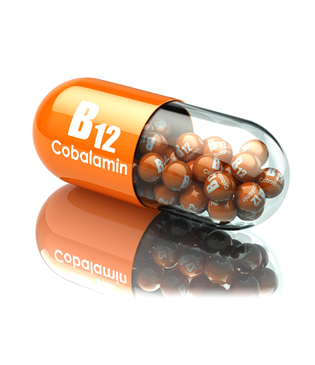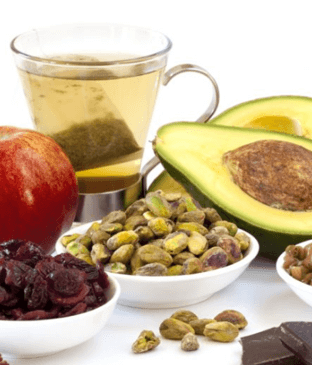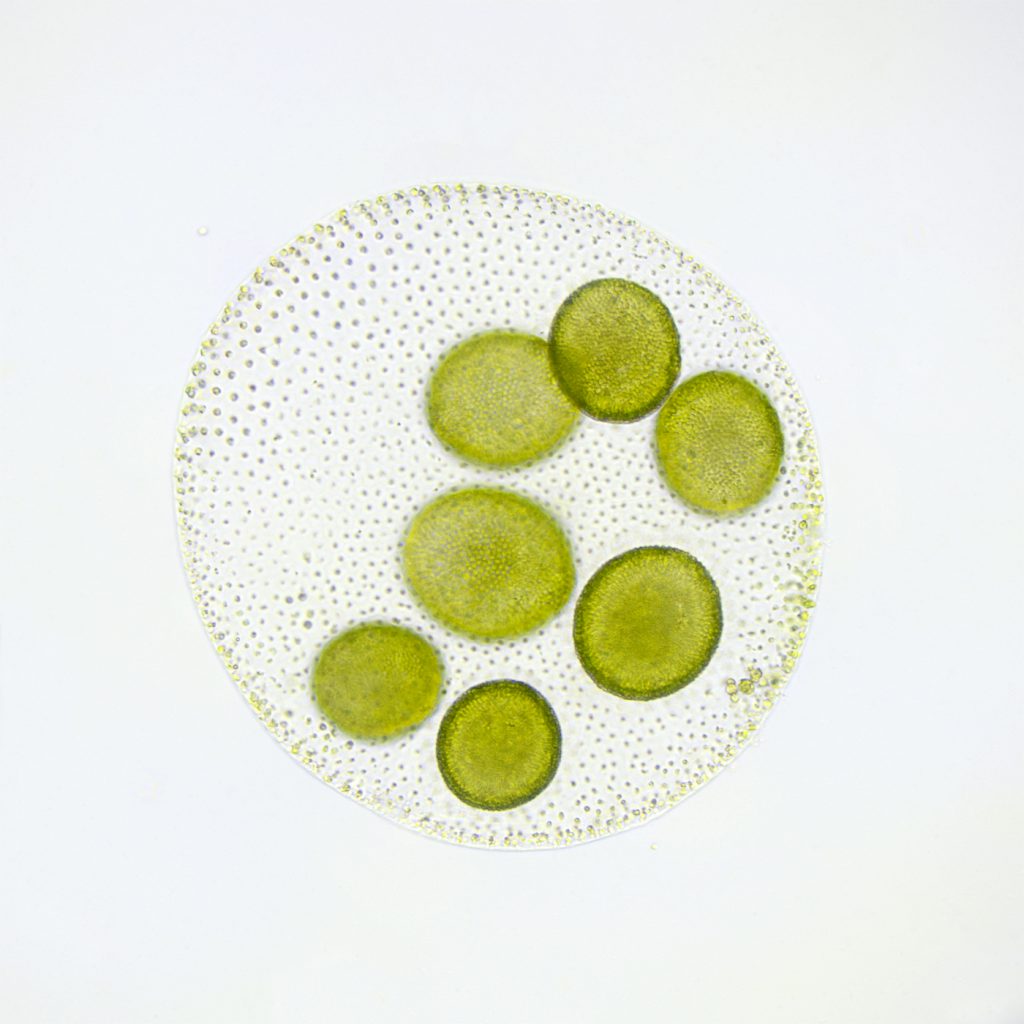Peas are popping up in the most unexpected places.
Pea protein now appears in powders, patties, and processed drinks. Are there health benefits to support this new-found passion for peas?
There’s no doubt that peas are on the right side of popular dietary preferences: vegan, high-protein, and gluten-free. By way of lineage, peas reside in the dietary camp of legumes, a category shared with beans and lentils. Both the familiar roly-poly green peas, as well as dried split peas, derive from the same legume, Pisum sativum. The difference lies in how they are handled after picking.
All peas have a unique distinction of doing double nutrition duty—a nutrient profile that resembles vegetables (high in potassium, folate, and antioxidants), with a protein load that equals or bests its strongest competitors in the plant world.
Like all legumes, peas have all of the necessary types of amino acids, but some essential ones are in short supply. Therefore, peas are not ideal as the sole dietary source of protein but are an excellent addition to daily consumption of a wide range of other foods—ideally most, if not all, from plants.
The added bonus is that humans and peas get along particularly well—there are few associated allergies and intolerances to pea products, as is more often the case with other popular protein supplements like whey and soy.
Why the Increase in Pea Consumption?
Much of the recent increase in pea consumption is related not to whole peas, but to concentrated pea protein. With an ample protein content, vegan and gluten-free, peas are an inviting addition to a new generation of processed foods.
The new generation of vegan “burgers” have a look and mouth feel that more closely resembles real meat. Some of these veggie burgers, a far cry from their grain and seed origins, are as protein-rich as their bovine counterparts, with as much as 20 grams per 4-oz serving.
Almond milk, an increasingly popular dairy substitute, is another food recently reformulated to include pea protein. Almond milk typically has about 1 gram per serving. But thanks to a little help from pea protein, certain brands of almond milk now have a protein load that tops 10 grams per serving.
Is Pea Protein a Good Choice?
The health benefit of added pea protein is unclear, as the average American already takes in far more protein than needed. But depending on the eating habits, and especially for vegans, the availability of one more way to add protein to the diet could be helpful.
Peas Can Appease Your Grocery Budget
Despite these flashy new uses for pea protein, it’s important to point out that the lowly unadorned pea, especially the dried-split version, is one of the cheapest and healthiest protein sources available.
Check out these pea price-points from a recent shopping trip:
Dried organic split green peas: ¼ cup has 13 grams protein, 8 grams fiber. All for the grand total of 24 cents! Most people think of split peas belonging only in soup, but they can also be added to curries and salads.
Speaking of soup, my favorite is Tabatchnick’s Split Pea Soup (low sodium), sold frozen: 140 calories per serving, 13 grams protein, 14 grams dietary fiber, 80 mg sodium. Will set you back about $1.25/serving.
And who said eating healthfully has to be expensive?
Interested in eating better for your own health?
Learn the essentials of good nutrition in our interactive, user-friendly nutrition learning program for the public.
Clinicians: Do you feel confident responding to patient questions about nutrition?
Take our award-winning condensed interactive nutrition CME—and learn what every clinician should know about nutrition.



